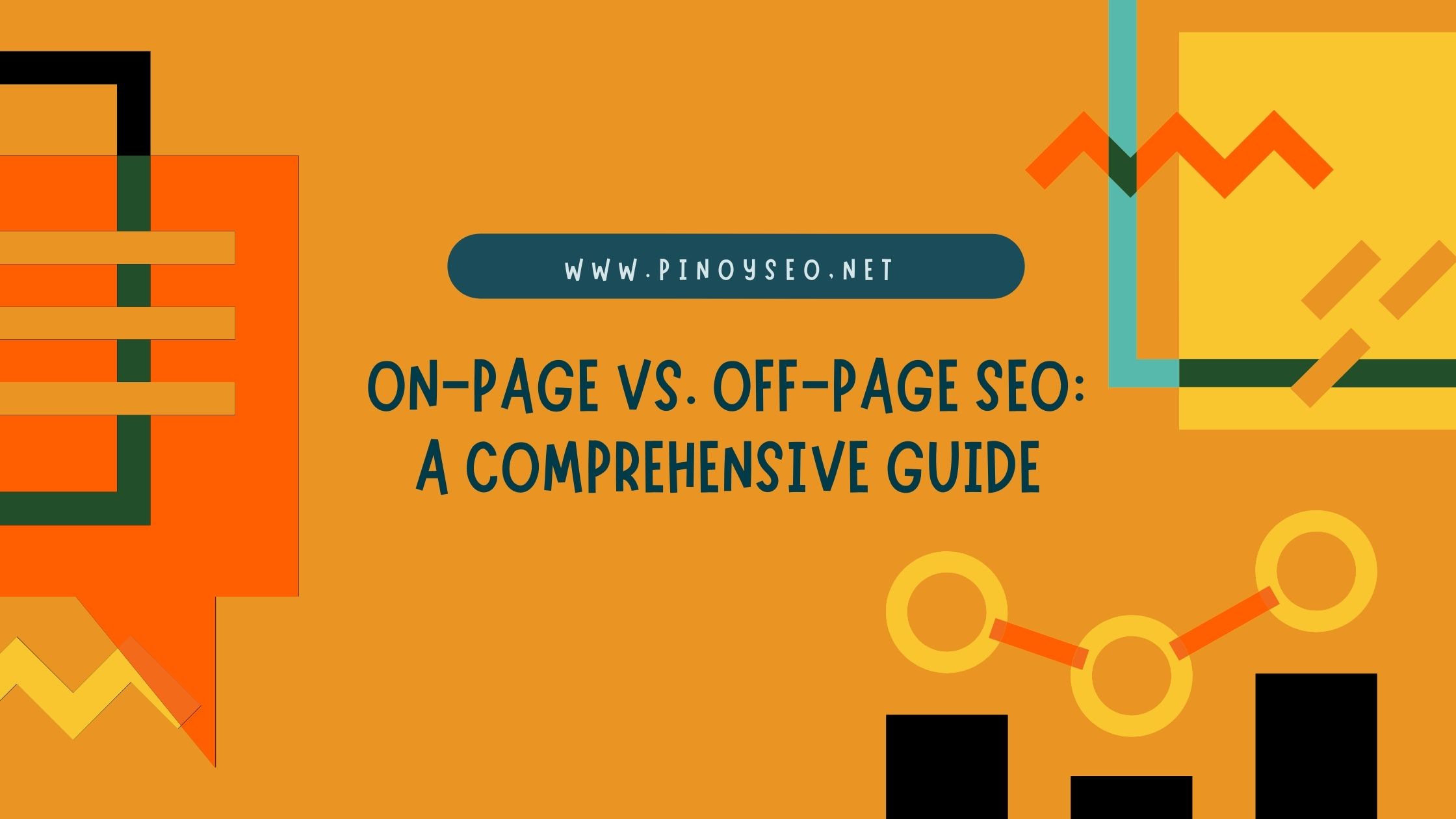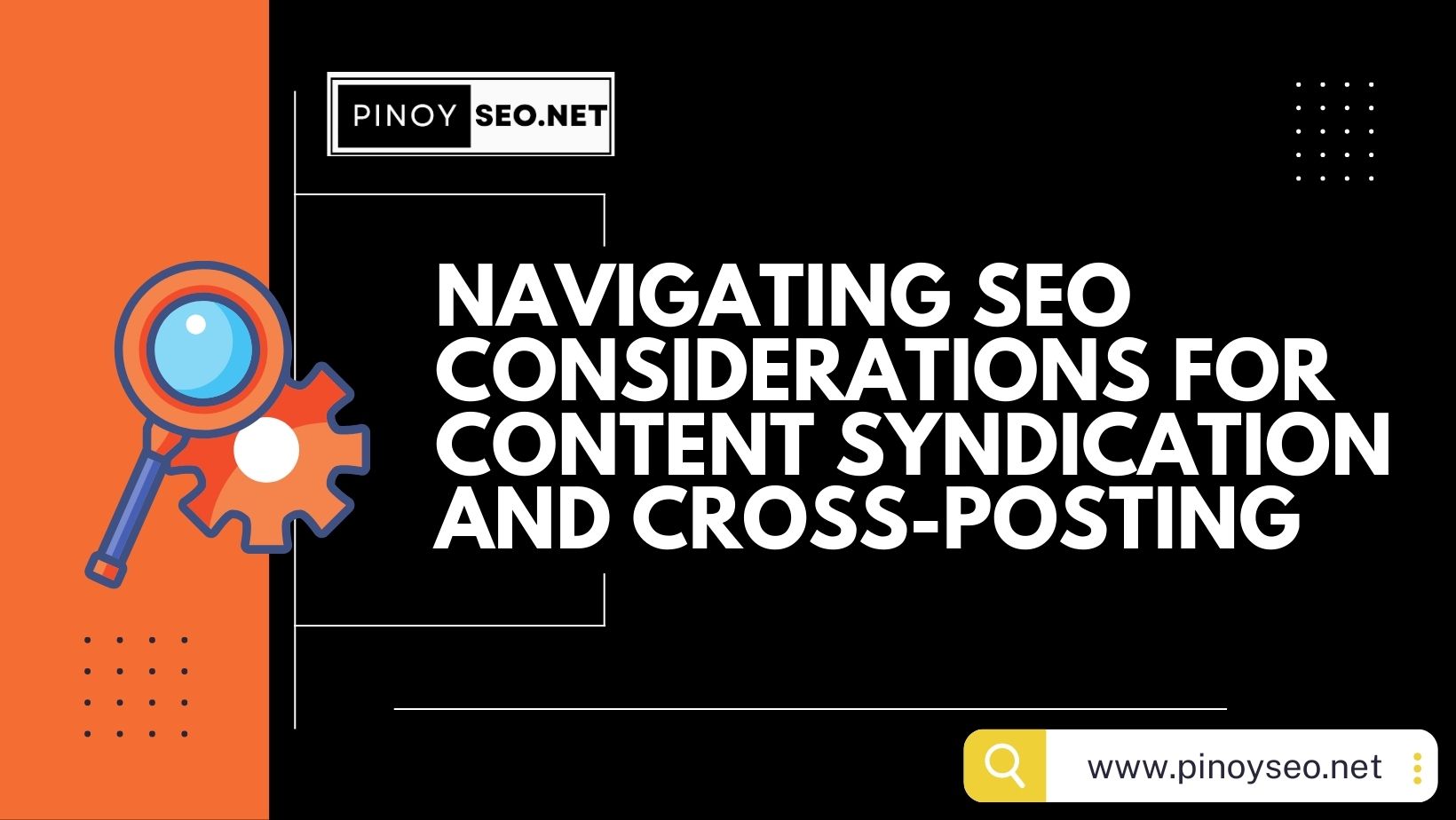In the dynamic realm of Search Engine Optimization (SEO), achieving a robust online presence requires a strategic blend of on-page and off-page techniques. These two facets, while distinct, work in tandem to influence search engine rankings and enhance overall website visibility. In this comprehensive guide, we will delve into the differences between on-page and off-page SEO, examining their unique characteristics and exploring how they contribute to the success of a digital marketing strategy.
Understanding On-Page SEO: Crafting a Solid Foundation
On-page SEO encompasses the optimization efforts that directly impact the content and structure of a website. It involves tailoring elements within the website itself to align with search engine algorithms and user expectations. Key components of on-page SEO include:
- Content Optimization: Quality is Key
- Crafting compelling, relevant, and high-quality content is at the core of on-page SEO. This involves strategic use of keywords, informative headings, and engaging multimedia elements.
- Title Tags and Meta Descriptions: Capturing Attention
- Optimizing title tags and meta descriptions with relevant keywords not only improves click-through rates but also communicates the page’s content to search engines, influencing rankings.
- URL Structure: Simplicity and Relevance
- A clean and organized URL structure aids search engines in understanding the hierarchy and relevance of content. It also enhances user experience and contributes to better rankings.
- Header Tags: Structuring Content
- Proper use of header tags (H1, H2, H3, etc.) helps organize content, making it more readable for both users and search engines. It also signals the importance of different sections on a page.
- Internal Linking: Navigating the Site
- Strategic internal linking helps distribute link equity across the website, improves navigation, and establishes the hierarchy of information.
Unveiling Off-Page SEO: Building Authority Beyond Your Site
Off-page SEO revolves around actions taken outside the confines of the website to boost its credibility and authority. This involves creating a network of external signals that vouch for the website’s value. Key components of off-page SEO include:
- Backlink Building: Establishing Authority
- Acquiring high-quality backlinks from reputable websites is a cornerstone of off-page SEO. These links act as votes of confidence, signaling to search engines that the website is a valuable and trustworthy resource.
- Social Media Signals: Amplifying Reach
- Social media shares and engagement contribute to off-page SEO by increasing the visibility and reach of a website’s content. Search engines consider social signals as indicators of content relevance and popularity.
- Online Mentions and Citations: Building Trust
- Mentions of a website across the internet, along with consistent business information (citations), contribute to the establishment of online authority and trustworthiness.
- Influencer Collaborations: Leveraging Authority
- Partnering with influencers in the industry can amplify a website’s reach and credibility, generating more backlinks and social signals.
Balancing Act: Integrating On-Page and Off-Page Strategies
While on-page and off-page SEO techniques have distinct focuses, their synergy is vital for a holistic SEO strategy. A well-optimized website with high-quality content lays the foundation for successful off-page efforts. Conversely, a robust off-page profile enhances the authority of on-page elements.
Achieving Harmony for Optimal Results
In the ever-evolving landscape of SEO, understanding the nuances of on-page and off-page optimization is crucial. By integrating these strategies cohesively, businesses can position themselves for improved search engine rankings, heightened visibility, and sustained online success. As search algorithms continue to evolve, maintaining a comprehensive approach to SEO will remain paramount for staying ahead in the digital landscape.


